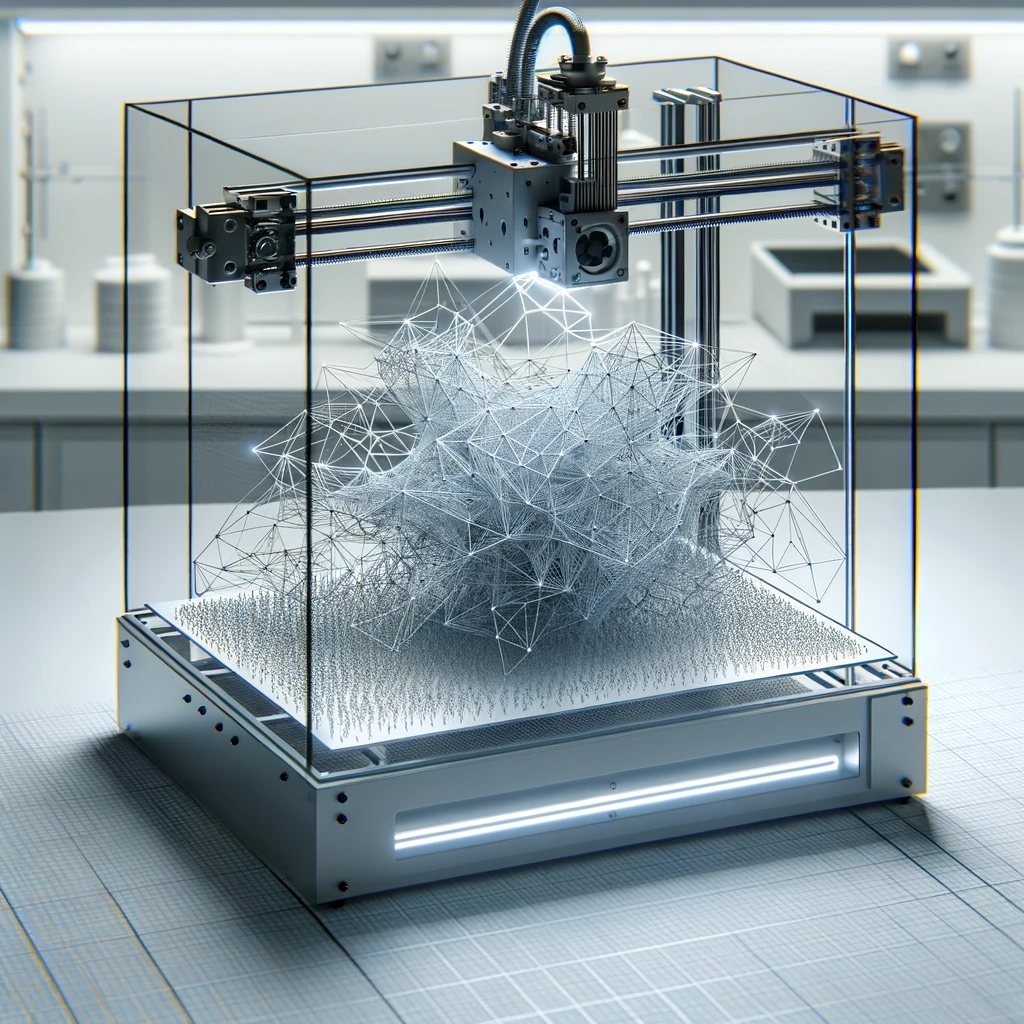New AI tool discovers realistic 'metamaterials' with unusual properties
A coating that can hide objects in plain sight, or an implant that behaves exactly like bone tissue. These extraordinary objects are already made from ‘metamaterials’. Researchers from TU Delft have now developed an AI tool that not only can discover such extraordinary materials but also makes them fabrication-ready and durable. This makes it possible to create devices with unprecedented functionalities. They publish their findings in Advanced Materials.
The properties of normal materials, such as stiffness and flexibility, are determined by the molecular composition of the material, but the properties of metamaterials are determined by the geometry of the structure from which they are built. Researchers design these structures digitally and then have it 3D-printed. The resulting metamaterials can exhibit unnatural and extreme properties. Researchers have, for instance, designed metamaterials that, despite being solid, behave like a fluid.
“Traditionally, designers use the materials available to them to design a new device or a machine. The problem with that is that the range of available material properties is limited. Some properties that we would like to have, just don’t exist in nature. Our approach is: tell us what you want to have as properties and we engineer an appropriate material with those properties. What you will then get, is not really a material but something in-between a structure and a material, a metamaterial”, says professor Amir Zadpoor of the Department of Biomechanical Engineering.
Inverse design
Such a material discovery process requires solving a so-called inverse problem: the problem of finding the geometry that gives rise to the properties you desire. Inverse problems are notoriously difficult to solve, which is where AI comes into the picture. TU Delft researchers have developed deep learning models that solve these inverse problems.
“Even when inverse problems were solved in the past, they have been limited by the simplifying assumption that the small-scale geometry can be made from an infinite number of building blocks. The problem with that assumption is that metamaterials are usually made by 3D-printing and real 3D-printers have a limited resolution, which limits the number of building blocks that fit within a given device”, says first author Dr. Helda Pahlavani.
The AI models developed by TU Delft researchers break new ground by bypassing any such simplifying assumptions. “So we can now simply ask: how many building blocks does your manufacturing technique allow you to accommodate in your device? The model then finds the geometry that gives you your desired properties for the number of building blocks that you can actually manufacture.”
Unlocking full potential
A major practical problem neglected in previous research, has been the durability of metamaterials. Most existing designs break once they are used a few times. That is because existing metamaterials design approaches do not take durability into account. “So far, it has been only about what properties can be achieved. Our study considers durability and selects the most durable designs from a large pool of design candidates. This makes our designs really practical and not just theoretical adventures,” says Zadpoor.
The possibilities of metamaterials seem endless, but the full potential is far from being realised, says assistant professor Mohammad J. Mirzaali, corresponding author of the publication. This is because finding the optimal design of a metamaterial is currently still largely based on intuition, involves trial and error and is therefore labour-intensive. Using an inverse design process, where the desired properties are the starting point of the design, is still very rare within the metamaterials field. “But we think the step we have taken, is revolutionary in the field of metamaterials. It could lead to all kinds of new applications.” There are possible applications in orthopaedic implants, surgical instruments, soft robots, adaptive mirrors, and exo-suits.


